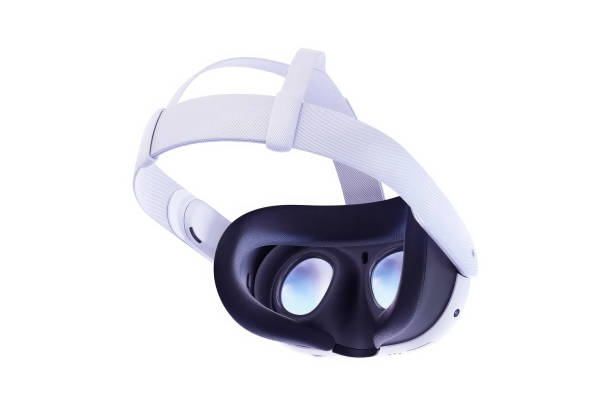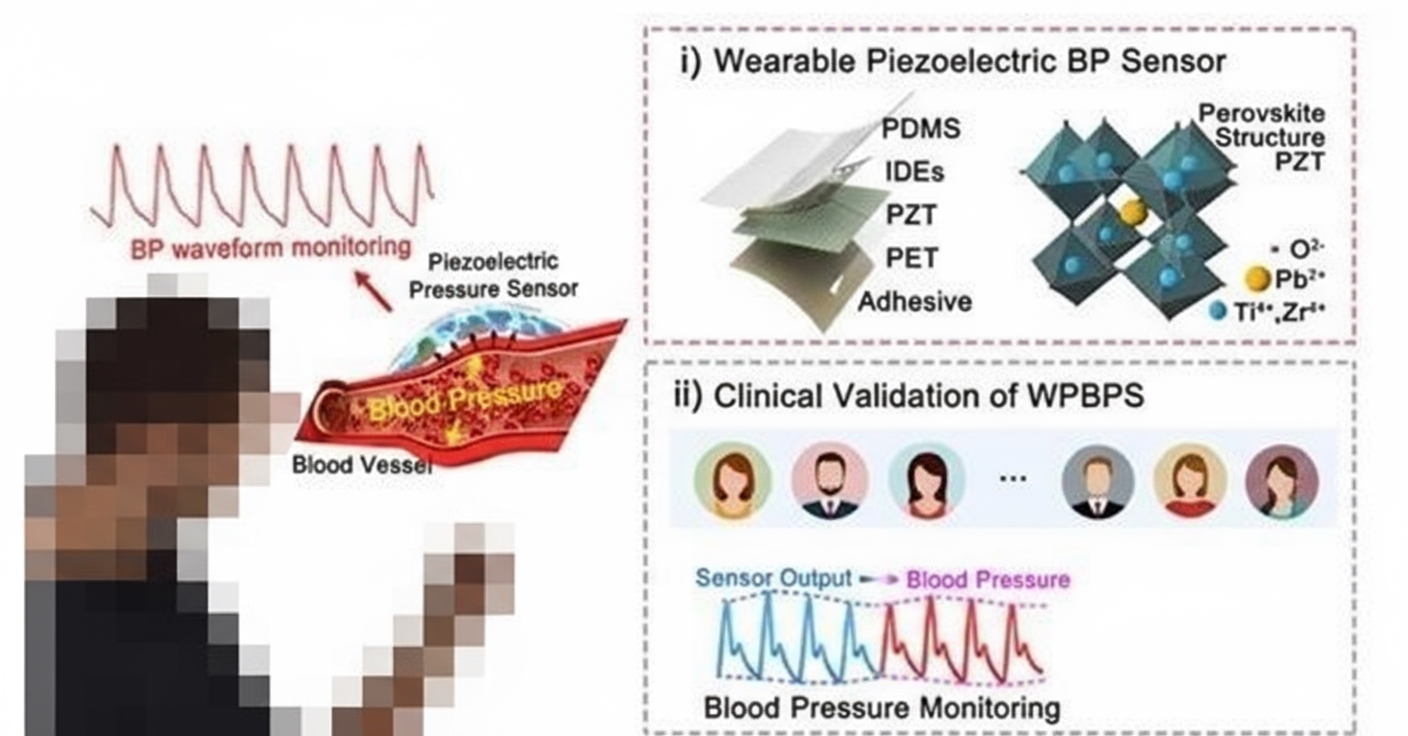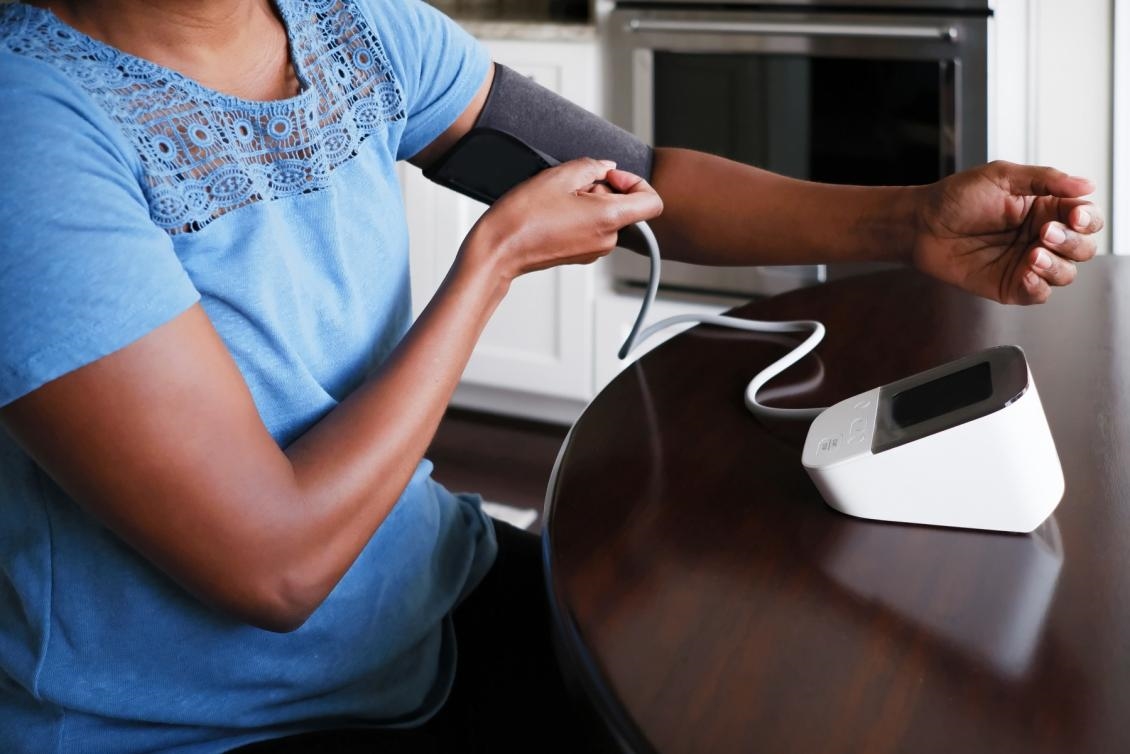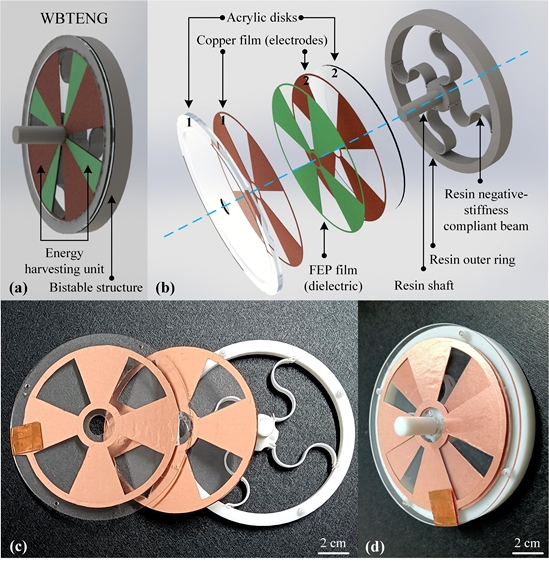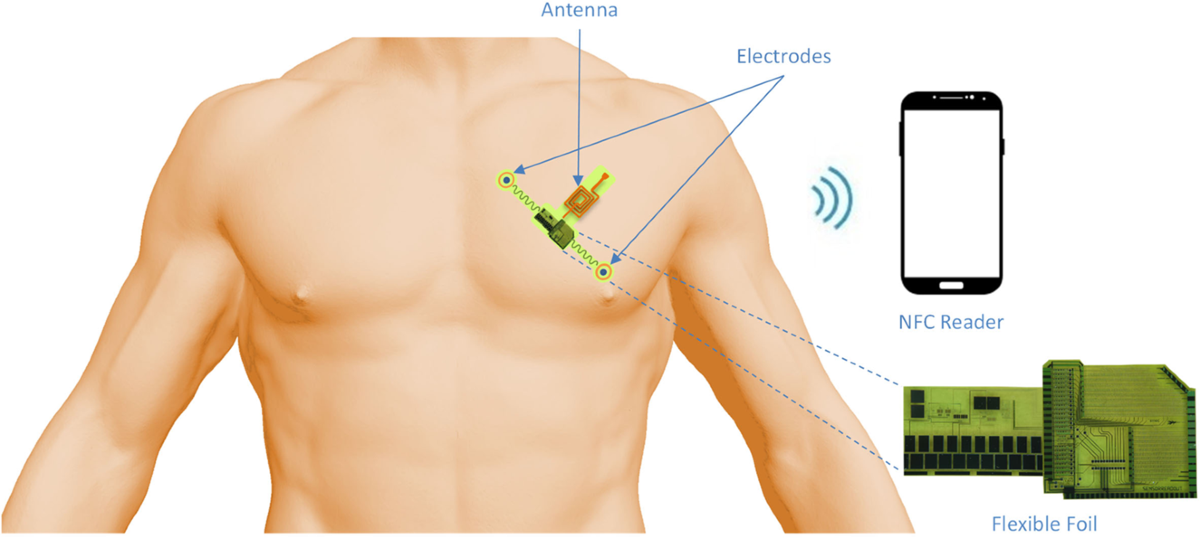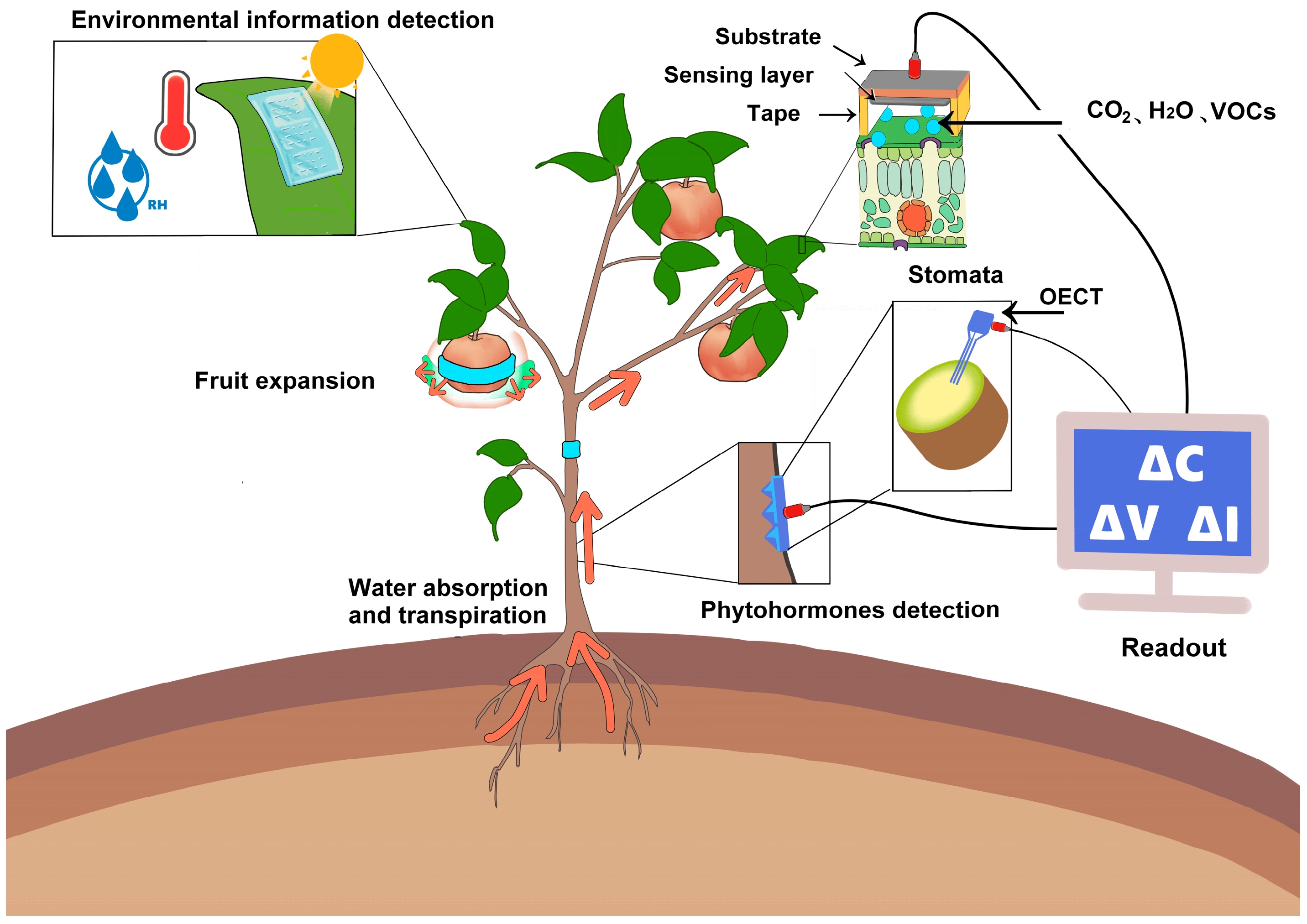Overview
A display is placed over a user's eyes so that the display shows the scene corresponding to the direction the user is looking. This creates the sensation of being located inside a large virtual space.
Key components
- Processor
The core of computation, used to generate images and to compute orientation and positioning from gyroscope data. To prevent motion sickness, VR headsets typically require a display refresh rate of 90 Hz. This imposes high demands on processing performance, so the performance characteristics of the headset's processor chip are critical. - Display
Displays images separately to the left and right eyes. When a VR headset display is described as "2k", it usually refers to the long side of the entire panel, for example 2k x 1k. If specified as 2k per eye, it means the short side is 2k. In 2017, mainstream configurations in the market were around 1.5k per eye. Higher panel resolution requires more powerful processors. - Convex lenses
If the display is placed directly in front of the eyes, the human eye cannot easily focus on such a near object. Convex lenses refract light to shift the apparent position of the display toward the retina, allowing the eye to comfortably focus on a screen that appears very close. - Gyroscope
For the scene shown on the display to change in real time with head movement, the headset must know the head's orientation. For example, when a VR user looks upward, the display must immediately show the virtual sky; this "looking up" action must be detected by a gyroscope. The detailed operating principle of gyroscopes is not discussed here; they detect an object's orientation in space.
 ALLPCB
ALLPCB


